Various Clarifications on Gritty Mix and 5-1-1
jcaark
13 years ago
Related Stories

HOUZZ TOURS13 Character-Filled Homes Between 1,000 and 1,500 Square Feet
See how homeowners have channeled their creativity into homes that are bright, inviting and one of a kind
Full Story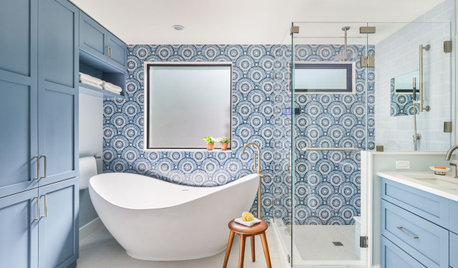
BATHROOM DESIGN9 Tips for Mixing and Matching Tile Styles
Get acquainted with the basics of combining shapes, colors and finishes for a symphony of tiles
Full Story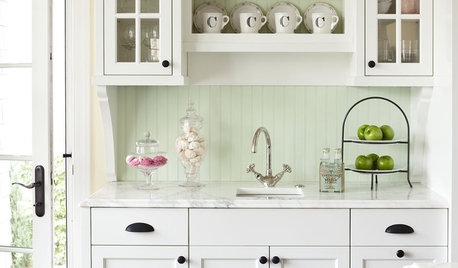
KITCHEN DESIGNHow to Mix Metal Finishes in the Kitchen
Leave matchy-matchy to the catalogs and let your kitchen's personality shine with a mix of metals for hardware and fixtures
Full Story
KITCHEN DESIGNNew This Week: 2 Kitchens That Show How to Mix Materials
See how these kitchens combine textures, colors and materials into a harmonious whole
Full Story
KITCHEN CABINETSKitchen Confidential: 7 Ways to Mix and Match Cabinet Colors
Can't decide on a specific color or stain for your kitchen cabinets? You don't have to choose just one
Full Story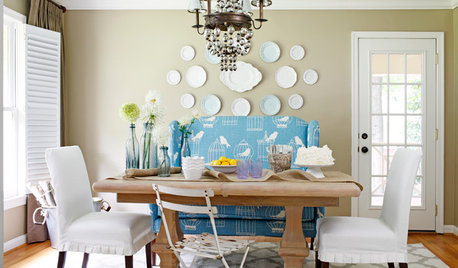
DINING ROOMS10 Foolproof Ways to Mix Up Your Dining Chairs
Kick matchy-matchy to the curb and go for dining chairs that pull off a cohesive look with personality
Full Story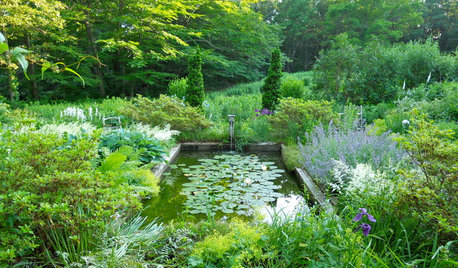
PLANTING IDEAS5 Reasons to Bring Shrubs Into the Flower Garden
Mix up the garden experience and let the flowers and shrubs play together
Full Story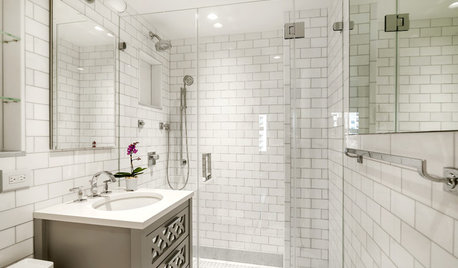
BATHROOM WORKBOOK5 Ways With a 5-by-8-Foot Bathroom
Look to these bathroom makeovers to learn about budgets, special features, splurges, bargains and more
Full Story
PETS5 Finishes Pets and Kids Can’t Destroy — and 5 to Avoid
Save your sanity and your decorating budget by choosing materials and surfaces that can stand up to abuse
Full Story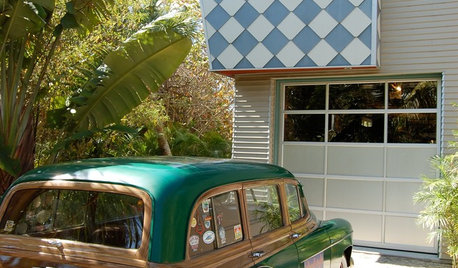
MOVINGRelocating? Here’s How to Make the Big Move Better
Moving guide, Part 1: How to organize your stuff and your life for an easier household move
Full Story







tapla (mid-Michigan, USDA z5b-6a)
jcaarkOriginal Author
Related Professionals
Parole Landscape Architects & Landscape Designers · West Chester Landscape Architects & Landscape Designers · Washington Landscape Architects & Landscape Designers · Cordele Landscape Contractors · Milford Mill Landscape Contractors · York Landscape Contractors · Coto De Caza Solar Energy Systems · Boise Window Contractors · Clarksburg Window Contractors · Hilton Head Island Window Contractors · Rio Linda Window Contractors · Woodland Hills Window Contractors · Columbia Fence Contractors · Lexington Fence Contractors · Ventura Fence Contractorsmeyermike_1micha
tapla (mid-Michigan, USDA z5b-6a)
jcaarkOriginal Author
watchnerd
tapla (mid-Michigan, USDA z5b-6a)